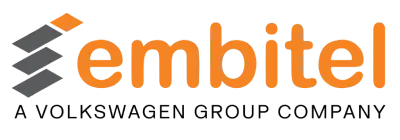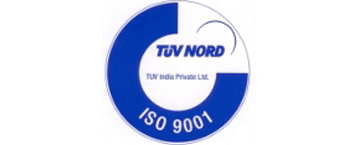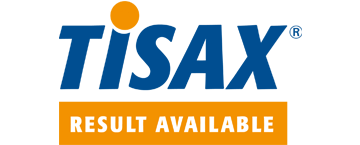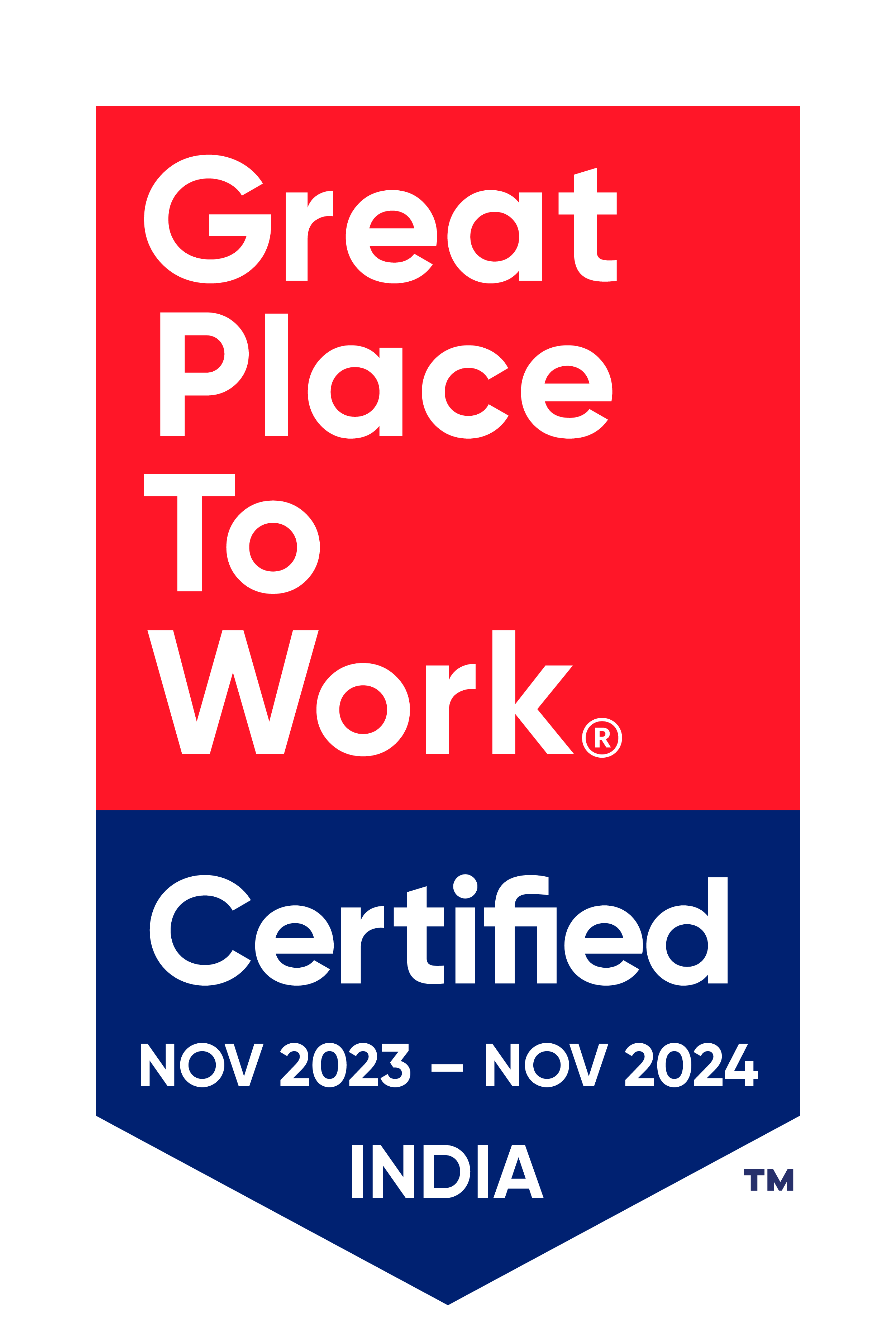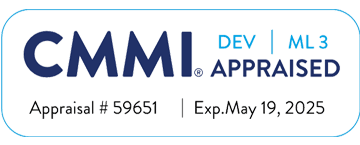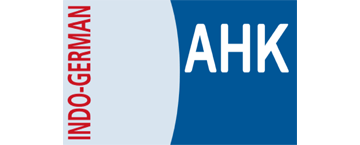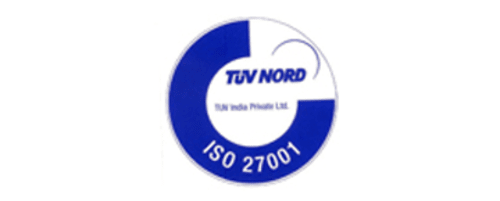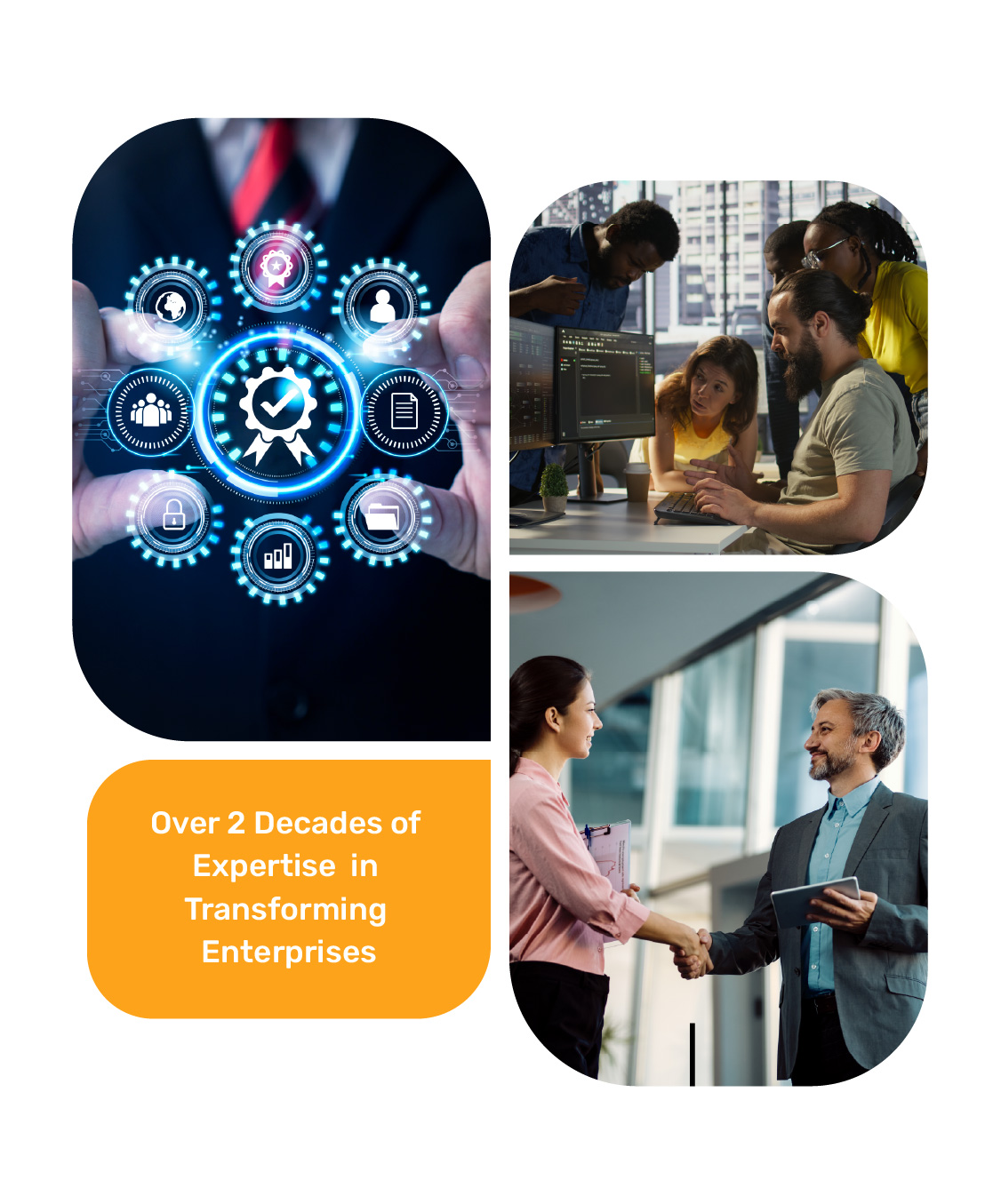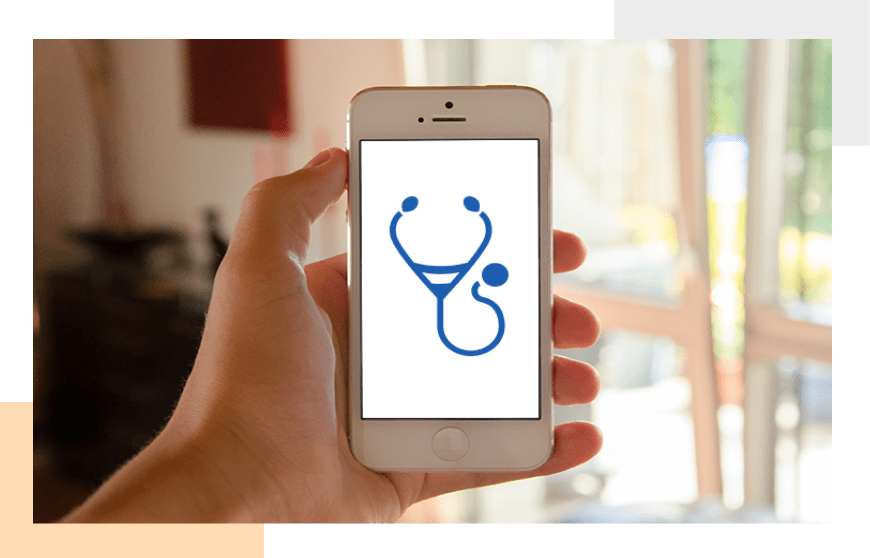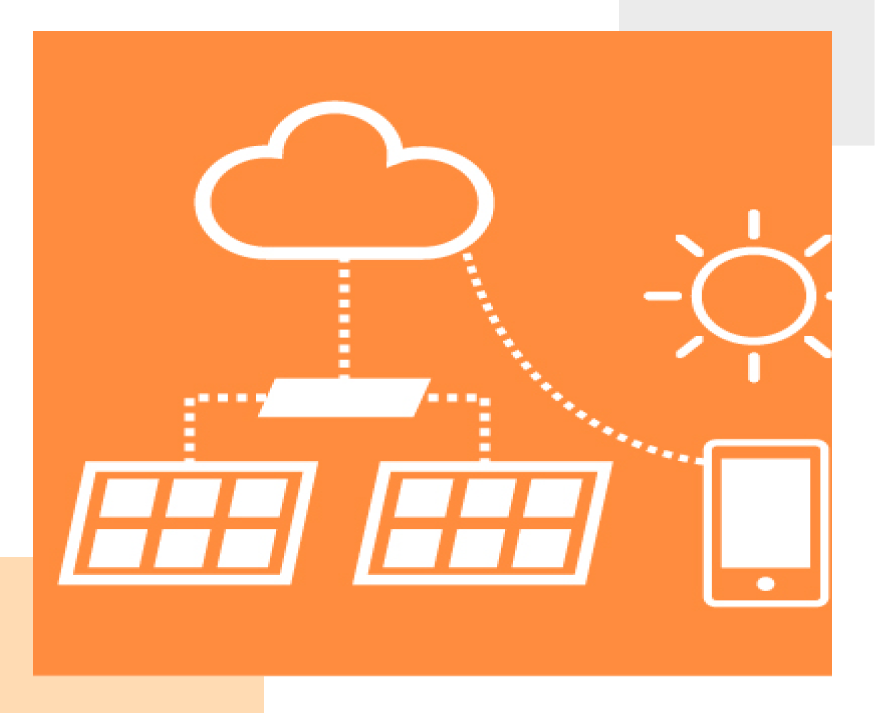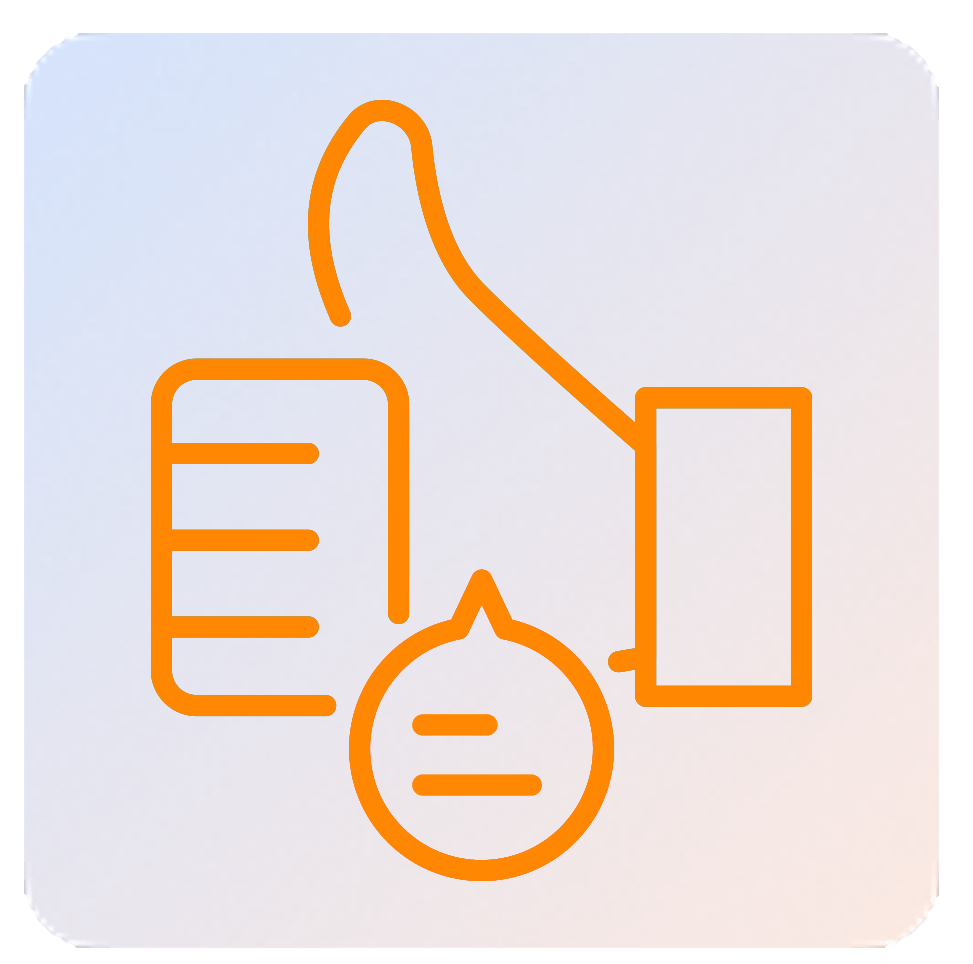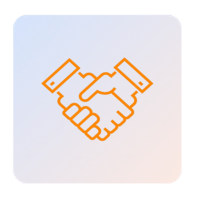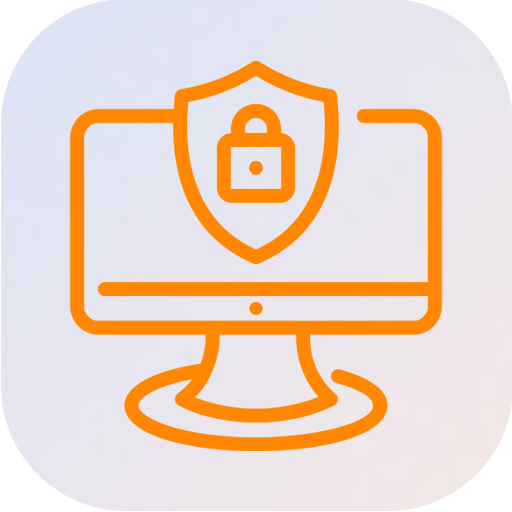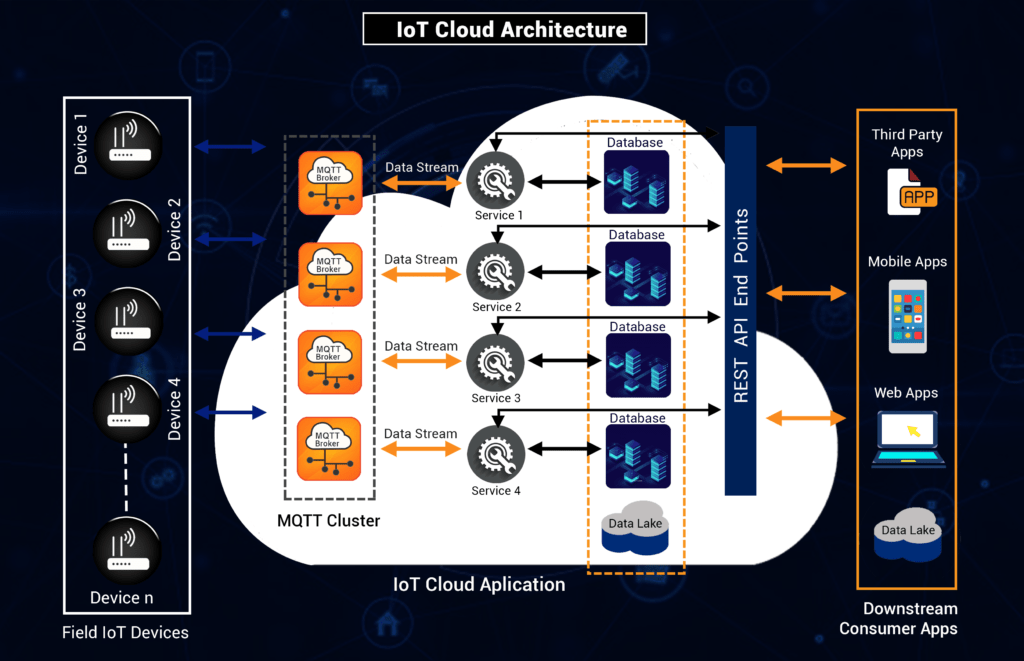Customers no longer seek mass-produced products with a generic user experience, they seek IoT devices that deliver custom experiences. Personalization lies at the core of this modern mantra. Cater to your target customers' needs by providing them with a localized experience on their IoT devices using our personalization services.
Our personalization services have helped vehicle owners by enabling:
- Geo-based personalization
- User based vehicle interior personalization
- Predictive maintenance
- And many more.
